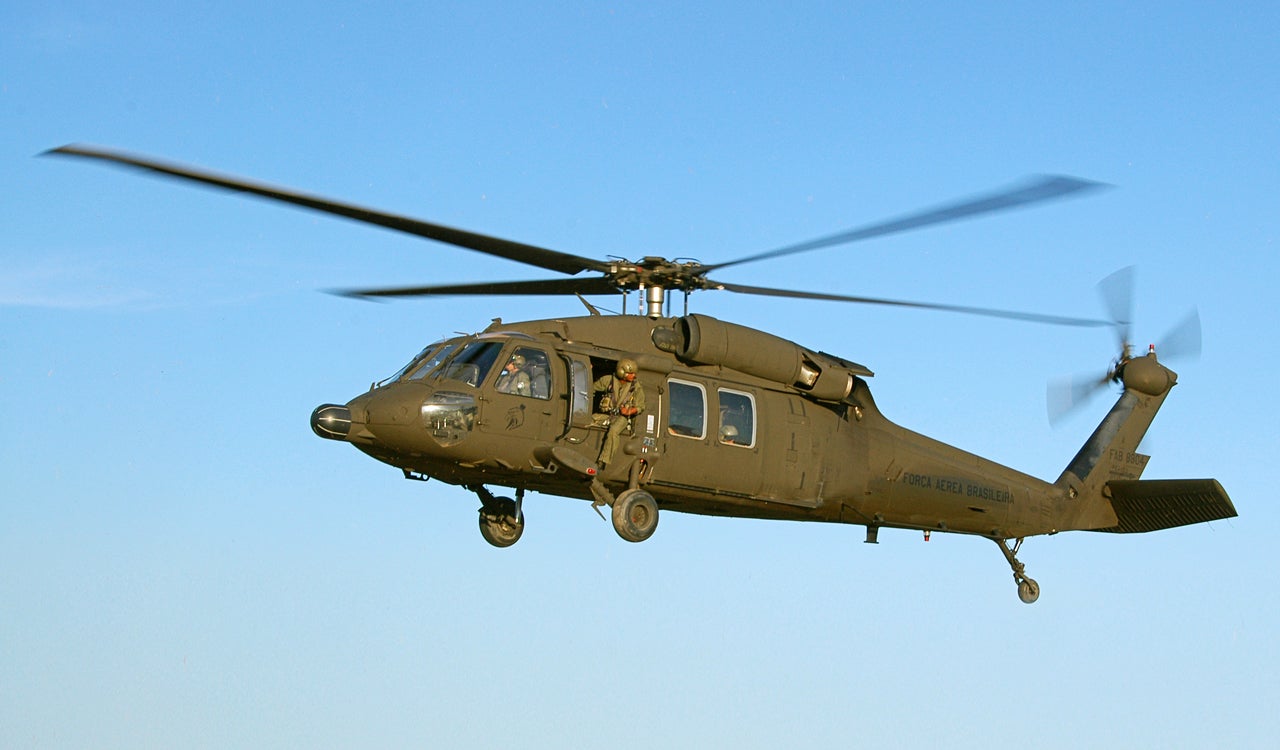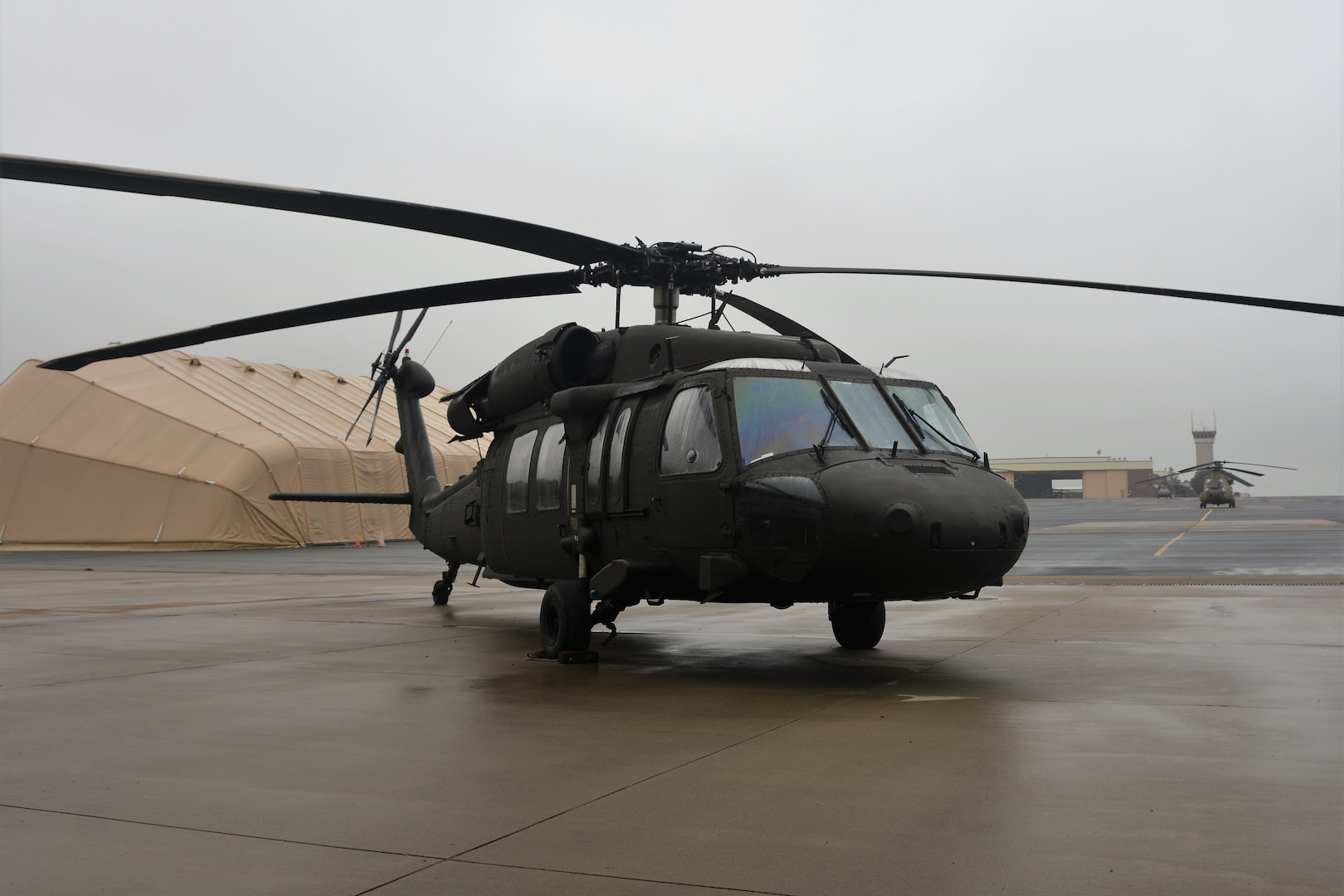Discovering the Innovative Modern Technology Behind Aircraft Design and Engineering
The area of aircraft design and design is experiencing a transformative shift driven by cutting-edge innovations that enhance efficiency, sustainability, and efficiency. As the industry grapples with the challenges of environmental obligation, developments in lasting aviation modern technologies guarantee to improve the future.
Advanced Materials in Airplane Design
How can the combination of innovative materials transform aircraft style? The unification of advanced materials, such as carbon fiber composites, titanium alloys, and advanced ceramics, plays a vital role in enhancing aircraft performance and effectiveness.
Furthermore, sophisticated products show boosted resistance to deterioration and fatigue, causing lower maintenance prices and extensive solution life. For instance, making use of titanium in crucial elements assists hold up against severe temperature levels and tensions, while carbon fiber composites offer versatility in style and manufacturing processes. This flexibility enables more aerodynamic shapes, adding to premium efficiency attributes.
Furthermore, the integration of smart products, which can alter buildings in feedback to outside stimuli, opens new avenues for flexible systems in aircraft style. uh 60. These developments guarantee not just to boost security and operational performance however also to add to sustainability initiatives by minimizing ecological effect with decreased exhausts. In summary, progressed products are redefining the landscape of aircraft layout, paving the means for a lot more reliable, resilient, and environmentally pleasant aviation options
Wind Resistant Advancements for Performance
Aerodynamic technologies play an essential role in improving aircraft effectiveness, significantly affecting gas usage and total performance. Breakthroughs in airfoil design, such as the introduction of supercritical wings, permit enhanced lift-to-drag proportions, decreasing drag at transonic rates. These technologies allow aircraft to keep higher speeds with reduced gas expenditure, directly influencing operational expenses and ecological sustainability.
Moreover, the assimilation of winglets has verified reliable in mitigating vortex-induced drag at the ideas of wings, better enhancing fuel performance - uh 60. This design modification causes a decrease in wake disturbance, adding to improved aerodynamic performance during cruise conditions

Additionally, computational fluid dynamics (CFD) tools have revolutionized the screening and refinement of wind resistant forms, permitting specific simulations of air flow around aircraft (uh 60). This makes it possible for engineers to introduce continuously, making certain that contemporary aircraft not just meet regulative standards yet also press the boundaries of performance in aviation

Duty of Computer System Simulations
Computer simulations have become a crucial tool in the field of aircraft design, allowing engineers to conduct in-depth evaluations and optimizations of numerous design aspects. These simulations enable the virtual testing of wind resistant residential or commercial properties, structural honesty, and efficiency metrics long prior to physical models are developed. By utilizing computational fluid dynamics (CFD) and finite element analysis (FEA), engineers can predict how air streams around the airplane and exactly how various products will certainly respond to anxiety and pressure.
Furthermore, more computer simulations facilitate the exploration of a large range of circumstances and variables, increasing the layout process and decreasing costs connected with physical screening. This ability not only enhances the precision of forecasts relating to aircraft behavior yet additionally uses insights right into prospective design renovations that may not be immediately apparent via standard methods.

In addition, simulations assist ensure conformity with strict safety guidelines by allowing engineers to recognize and fix possible problems early in the style stage. The integration of simulation modern technologies right into the airplane style procedure emphasizes the considerable innovations in engineering methods, ultimately adding to the advancement of more secure, a lot more efficient, and eco friendly airplane.
Artificial Knowledge in Design
Expert system (AI) is reinventing the engineering landscape, particularly in aircraft style, by improving decision-making processes and optimizing style workflows. Via equipment understanding formulas, AI can evaluate vast datasets, revealing patterns and understandings that notify design selections and boost general efficiency.
AI applications in airplane style include generative layout, where algorithms create numerous style choices based on specified criteria, enabling engineers to review a wider series of opportunities. This not only increases the style stage yet likewise ensures that the last products fulfill strict efficiency and security criteria.
Additionally, AI-driven predictive analytics promote maintenance organizing by evaluating historic data and forecasting potential failings. This proactive technique reduces downtime and improves aircraft dependability.
In addition, AI aids in simulation and modeling, making it possible for designers to test styles under numerous conditions without the requirement for physical models. This capability reduces growth timelines and reduces expenses connected with conventional screening approaches.
Lasting Aviation Technologies
The response exists in the fostering of lasting aeronautics modern technologies that focus on performance and lower carbon exhausts. Technologies such as lasting aeronautics gas (SAFs), which are obtained from sustainable resources, have emerged as a crucial component in achieving lower lifecycle exhausts.
In addition, innovations in airplane style, such as the advancement of lighter materials and even more aerodynamically effective shapes, add to improved gas performance. Electric and hybrid propulsion systems are additionally gaining traction, offering a path to lower dependence on nonrenewable fuel sources and lessen greenhouse gas exhausts.
The integration of these technologies is sustained by governing frameworks and sector cooperations aimed at establishing ambitious sustainability targets. In addition, digital tools like data analytics and synthetic intelligence can enhance flight operations, additionally boosting gas performance. By welcoming sustainable techniques and innovations, the Visit Website aviation market can not only satisfy the expanding demand for air travel however also play an essential role in resolving climate adjustment, guaranteeing a much more sustainable future for air transport.
Conclusion
The convergence of sophisticated products, aerodynamic technologies, and innovative modern technologies marks a substantial evolution in aircraft layout and engineering. The combination of carbon fiber compounds, titanium alloys, and AI-driven procedures not just enhances efficiency and efficiency however additionally streamlines process and anticipating upkeep. The ongoing advancement of sustainable air travel modern technologies underscores a commitment to environmental responsibility, paving the way for a greener future in air travel. This constant advancement will certainly form the sector's trajectory for years to come.

Computer system simulations have ended up being an important device in the field of aircraft style, making it possible for designers to conduct in-depth evaluations and optimizations of various design elements.The merging of innovative materials, aerodynamic advancements, and advanced technologies marks a significant development in aircraft style and engineering.